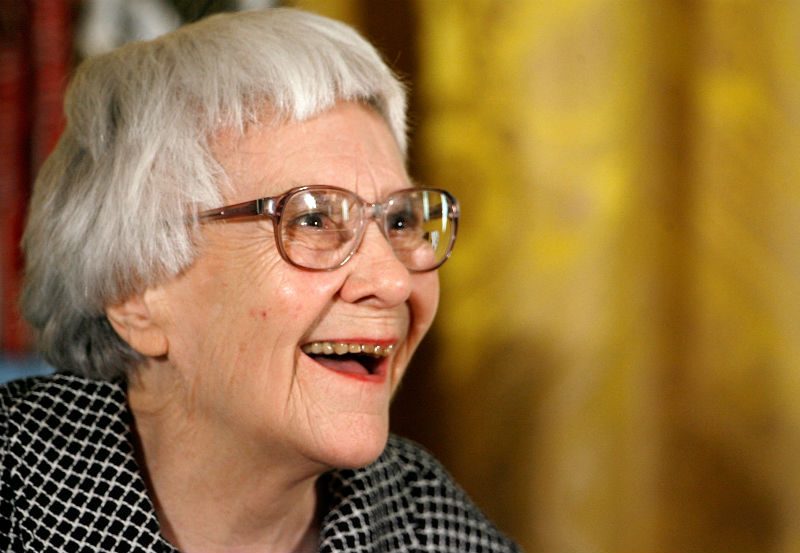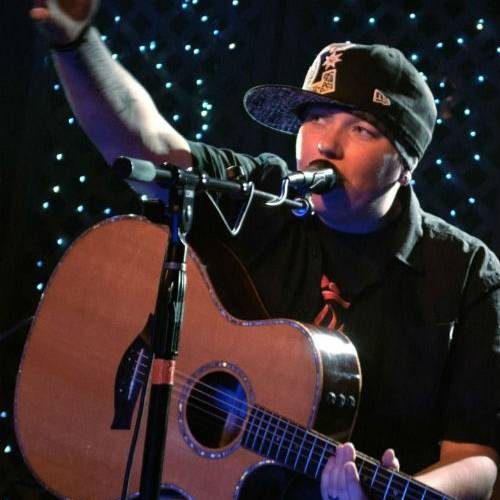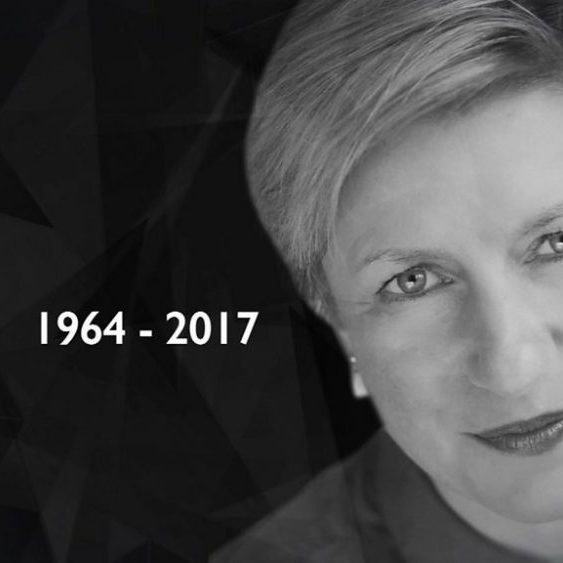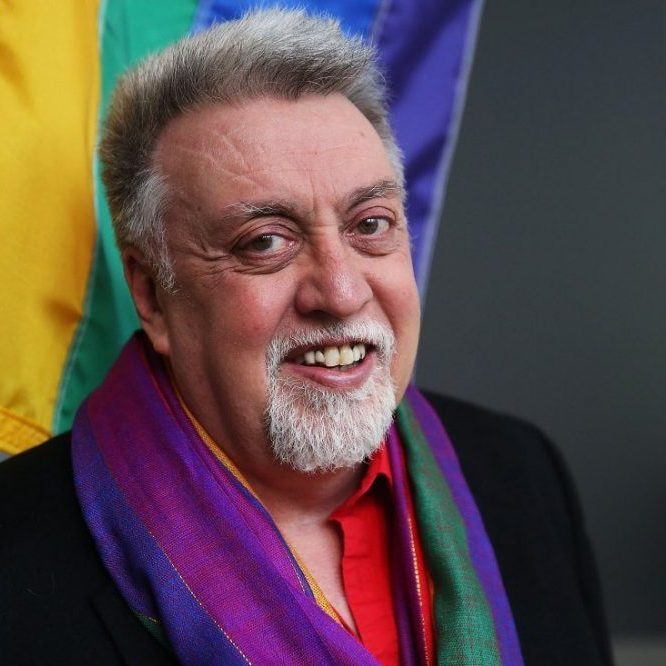
Mourning the passing of author Harper Lee.
The literary world is not the only ones mourning the passing of the reclusive author Nelle Harper Lee on February 19 at the age of 89. So, too, are many gender nonconforming Americans.
Lee leaves us with two novels: Go Set A Watchman, published last July after 55 years since the 1960 publication of To Kill A Mockingbird which catapulted her onto a world stage.
Several good biographies have been written about Lee- Mockingbird: A Portrait of Harper Lee by Charles J. Shields, The Mockingbird Next Door: Life with Harper Lee by Marja Mills, and Up Close: Harper Lee by Kerry Madden, to name a few.
However, one of the most frequently asked questions about Harper Lee was about her sexual orientation. Lee obviously wanted this answer hidden and on the down low from the public, but her reclusiveness and annoyance with the question only contributed to it.
In Mill’s biography on Lee she gingerly broached the topic.
“In Nelle’s annoyance at speculation about whether she is gay, Mill screws up her nerve to ask each sister, neither of whom married or had children, whether the other ever dated. “A little,” they said. Mills concludes, “And that was that.”
But as doggedly silent as Lee was on this question the American public has not been.
For example, the question “Is Harper Lee gay or straight?’ still appears on the website vipfaq.com stating “Many people enjoy sharing rumors about the sexuality and sexual orientation of celebrities. We don’t know for a fact whether Harper Lee is gay, bisexual or straight. However, feel free to tell us what you think.”
And the public did: Eighty-eight percent of the respondents think Harper Lee is a lesbian whereas thirteen percent thinks she’s bisexual and zero percent voted her heterosexual.
One of the reasons many people speculate about Lee’s sexual orientation are the adoringly beloved gender nonconforming fictional characters- Scout and Dill in To Kill A Mockingbird.
Scout’s tomboyness and Dill’s quasi- effeminate mannerism inextricably connected LGBTQ readers to the novel, themselves and Harper Lee.
“No lesbian or gay reader of To Kill a Mockingbird came away from the book without feeling that there was someone else like him or her, be it Scout or her friend Dill. These were not the stereotypical characters that we knew: the fey timid girly boy and the courageous rugged tomboy. Unless, of course, we looked in the mirror, “ Victoria Brownworth wrote in the July issue of Lambda Literary.
And so beloved and lauded are the fictional characters of Scout and Dill in the American LGBTQ literary cannon that To Kill A Mockingbird ranked 67th on the Publishing Triangle’s list of The 100 Best Lesbian and Gay novels.
However, Lee’s gender nonconforming ways, obvious rebuke of the cult of domesticity and marriage, and her eschewing the trappings of 1950s femininity raised never ending queries about her sexual orientation, especially for a woman before the second wave of the feminist movement.
Lee’s close friend Tom Butts, a Methodist minister, shared his thoughts on the topic in Mill’s biography:
“Scout was a tomboy, and so was she, and she kind of kept that almost masculine way about her as an adult. … I don’t think I’ve seen her wear a piece of jewellery as long as I’ve known her except something simple for an appearance. She doesn’t wear makeup, hardly. You know how she dresses. Always pants and kind of baggy clothes sometimes.”
And if Lee is to be judged by the company she kept, her childhood friend, Truman Capote, author of Breakfast At Tiffany’s and In Cold Blood, was famously gay, and who the fictional character Dill is based on.
“She was my best friend. Did you ever read her book, To Kill a Mockingbird? I’m a character in that book, which takes place in the same small town in Alabama where we lived,” Capote stated in an interview with Lawrence Grovel in 1984, just six months before his death.
Lee was socially awkward and cripplingly shy.
With no diaries or love letters revealing her romantic interests we have no record. However, the story of Lee’s unrequited crush on married literary agent Maurice Crain, who encouraged her to try writing a novel after reading several of her short stories, is all we have.
Like many Harper Lee fan’s I, too, have wondered if she were a lesbian, and only because of how difficult it must have been for her and other LGBTQ American’s in the 1950’s when McCarthyism was a tool for policing not only “communists” but also gender and sexual relations with constant police harassment and countless arrest in gay bar raids.
Lee came to New York City in 1949 to be a writer and perhaps like for many she also came to the Big Apple to be openly herself. Suffering a stroke in 2007 is what sent Lee home to Monroeville.
In “Growing Up Gay in Harper Lee’s Macomb” Michael Lambert shares his thoughts on how LGBTQs in small towns in the South were identified.
“A decade later, my mother has begun to tell me of other men and women from Monroe County who “never married” — the polite reference to gays and lesbians among the small-town South. Musicians and artists, teachers and judges, uncles and cousins — mentors all who had guided me my whole life and to whom I had felt such a mysterious connection. Only after I left for good did I see the shadows hanging over their lives.”
The public will never know the answer of whether Lee was gay or straight. She has taken the answer about her sexual orientation to her grave, and may we all rest in peace with it.



